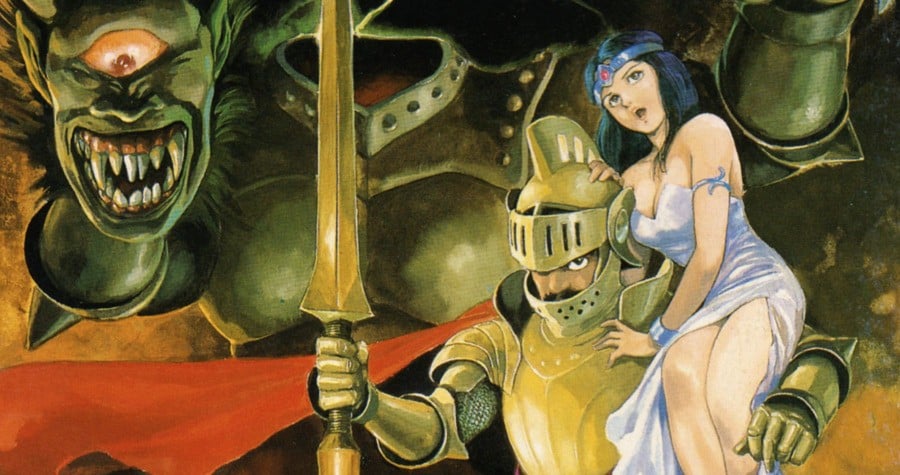
Back when arcade games were the cutting edge of gaming technology, the quality of subsequent home ports could make or break a console in the eyes of hardcore gamers.
During the NES era, conversions of coin-ops were almost always compromised visually and sonically, and often suffered from inferior gameplay as well, due to the constraints of the host hardware. However, the arrival of the PC Engine in 1987 changed things; here was a domestic system capable of offering an experience that was much closer to that seen in arcades – and, in the following year, Sega arguably went one better with its Mega Drive console, backed by ports of Golden Axe, After Burner II and Super Monaco GP.
By the time the SNES arrived on the scene, a full-scale battle for coin-op conversion superiority had erupted. Sure, the SNES port of Final Fight was missing key features from the original, but Nintendo's system hosted the best version of Street Fighter II for the longest time, giving it a huge advantage over the competition.
Another game that signalled the arrival of 'arcade-quality' gaming at home was Capcom's Ghouls 'n Ghosts. Released in arcades in 1988 on the CPS-1 arcade board, it quickly became a commercial smash hit and was ported to a wide range of home platforms.
Sega's Mega Drive conversion, handled by Yuji Naka and developed under license from Capcom, turned heads when it arrived in 1989; while it wasn't quite arcade-perfect, it was close enough that you practically had to have it running alongside the original to notice the difference.
However, even this impressive port was bettered a year later when NEC Avenue converted it to the ill-fated PC Engine SuperGrafx in 1990. The SuperGrafx was released in 1989 and was intended to challenge Sega's 16-bit hardware; ultimately, it was a commercial dud and only five dedicated games were ever released for it.
Even so, the SuperGrafx port remains an impressive achievement – and many consider it to be the best contemporary conversion, with more accurate visuals and animation (it was included on the PC Engine Mini if you fancied checking it out). While subsequent collections would bring the coin-op original to home consoles via emulation, the SuperGrafx edition remains well-respected – and modder turboxray is aiming to make it even better.
"It feels like the right time to start giving the SuperGrafx some love," says the modder on social media. "With that, I'm gonna kick off a public repo for hacking Ghouls n Ghosts. Anybody will be able to follow (and contribute too)."
The first thing turboxray has done is to give the SuperGrafx port the full 384x240 resolution, which brings it in line with the coin-op. He has also upgraded the ROM to utilise a superior mapper, enabling improved graphics.
This will enable modders to inject arcade assets into the SuperGrafx version of the game, further aligning it with the 1988 original. The reason these improvements can be made today is because, back in 1990, NEC Avenue was constrained by the available ROM memory on each HuCard.
"In order to fit ALL the frames and details into the original hucard, they compressed the hell out of the graphics," explains turboxray. "99% of sprites use 3bit color (7 colors). Tiles for the foreground use 3bit color (7 colors) and even some 2bit color (3 colors) tiles. And the far BG layer? That's almost exclusively 2bit color (4 colors this time)."
The modder's work has already been tested on original hardware and emulation.
As this project evolves, we'll no doubt see this impressive home port become even more faithful to the original game. If you'd like to get involved, then drop turboxray a line.

